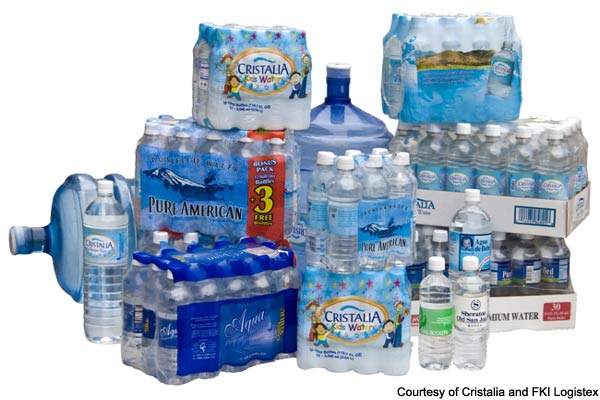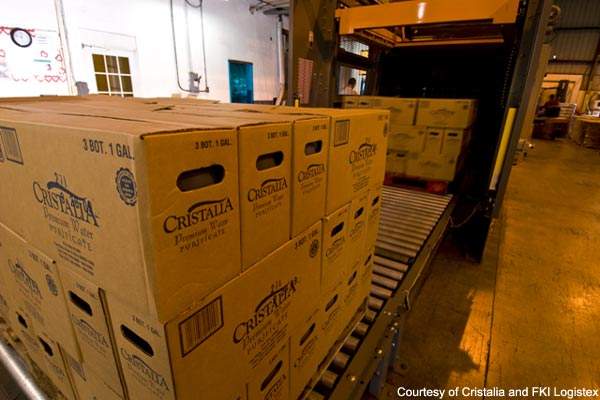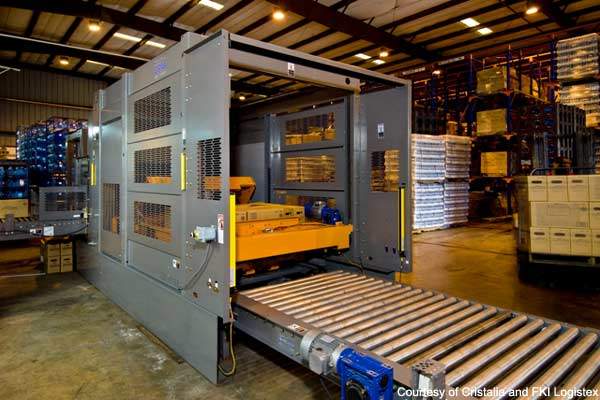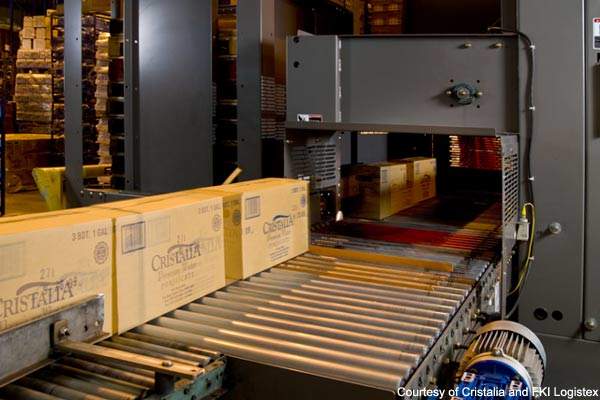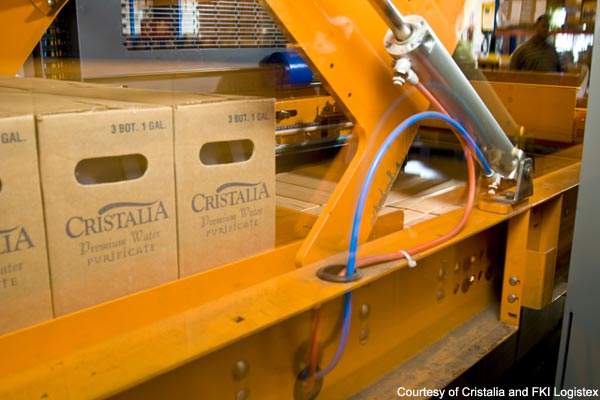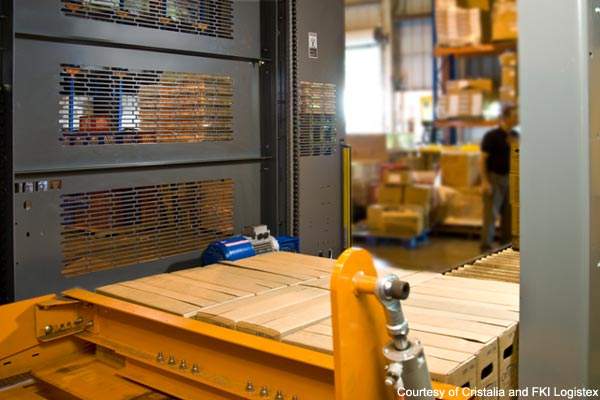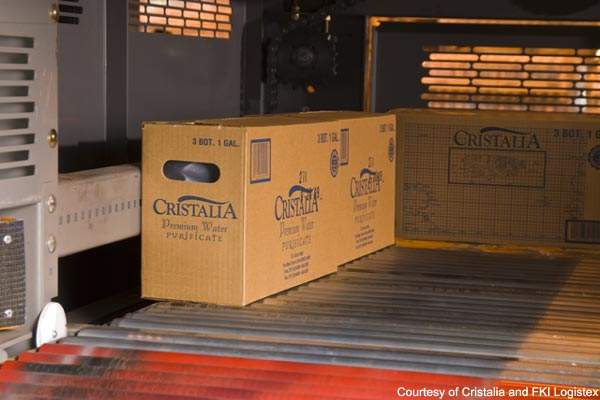Cristalia Premium Water is one of the Caribbean’s best-known and most popular bottled water brands. The company’s revenue has increased by 400% over the last eight years, fed by the huge growth in the tourist trade.
Because of the success of the brand, the company built a new 80,000ft2 bottling plant in Carolina, near San Juan Airport. The fully integrated plant processes water, produces bottles and ships to the customer.
The new facility is four times bigger than the Ponce plant and the company spent around $12m on water processing, bottle production and bottling equipment. Cristalia handles everything from bottle manufacturing to final product delivery. The company has its own trucking company called Expert Trucking.
The new plant was inaugurated in May 2009. The company has a goal to have a turnover of $100m during the next ten years.
Palletising system
Cristalia Premium had problems with the efficiency of its packaging operation at its Ponce facility, despite its success, leading to high labour costs and an inability to meet demand. The Ponce facility is 20,000ft² and has four water bottling lines for 16oz bottles, multi-packs, five gallon bottles for water coolers and one-gallon containers.
Each of these lines was manually palletised and space dictated that only one line could have automated palletisation.
The line where manual handling was deemed to be the most difficult and time consuming was the one-gallon container line, with four workers on hourly rotation to lift the 27lb cases.
The multipack and small bottle lines only needed one worker per shift. The one-gallon line was chosen for automatic palletisation because this would relieve a bottleneck in one of the highest-producing lines and give the most benefit in cost saving.
Palletisation solution
FKI Logistex (now called Crisplant) provided a GS100 series case palletiser. There was no room for an accumulation conveyor but the smaller footprint solution does allow full forklift access. The companies involved in the automation and upgrading of this section of the facility included Inter-Strap Packaging of Puerto Rico.
The model picked for the task was the GS140 with a pallet dispenser and full pallet handling discharge. The machine can palletise at a rate of around 30 cartons per minute; workers fill one pallet in around 2.5 minutes, which is much slower. The new equipment allows the production of an extra 1,000 cases per shift, reducing labour costs by 25% and increasing productivity by 20%. There are no staff breaks necessary and the machine runs throughout the entire shift.
According to the company’s spokesman, Cristalia experienced a six-month ROI with the new palatizer. The GS140 palletizer also fits completely inside a standard 40-foot shipping container, which saved the company approximately $14,000 on overseas shipping costs alone.
System operation
In the new system, an existing line shaft roller conveyor transports cases from the one-gallon production line to the ‘infeed’ of the new GS140. The palletiser forms 16-case layers, with each of the case units containing three one-gallon jugs of Cristalia water.
Inside the palletiser, the cases are oriented by a cushioned turning device that rotates them according to the required pack pattern. The GS140 then constructs the load on the chain conveyor, so that the pallets have either three or four layers, depending on customer specification. When the load is finally completed, it is automatically discharged from the load-build cavity and a new empty pallet is dispensed into position.
The GS140 has had the effect of completely automating the gallon production line with a ten-pallet-capacity lift-and-separate pallet dispenser, using 40 × 48in wooden pallets. Empty pallets are loaded by fork truck into the empty pallet dispenser, which automatically feeds another pallet for the next load. In the summer time the plant is staffed to operate three eight-hour shifts a day, at least six days a week. In the winter, this drops to three shifts a day, five days a week.

